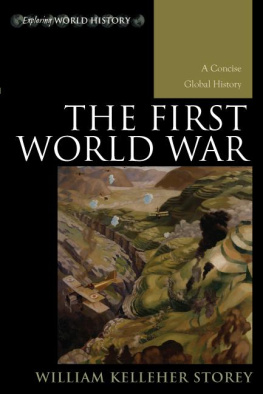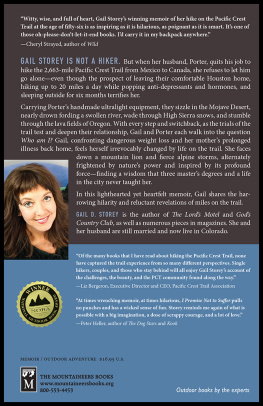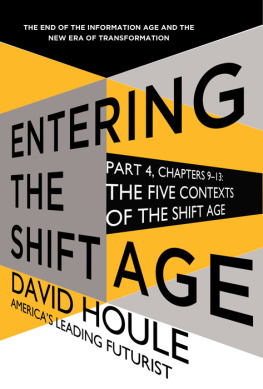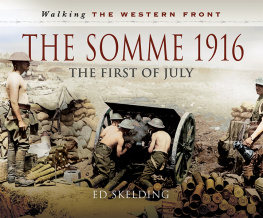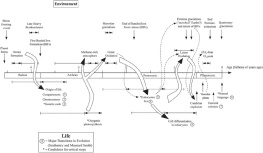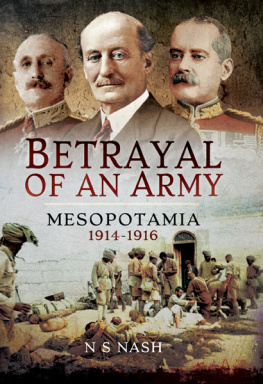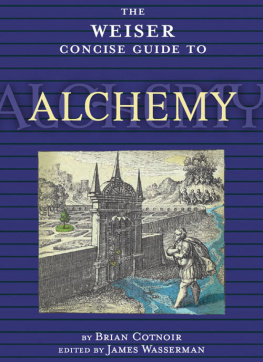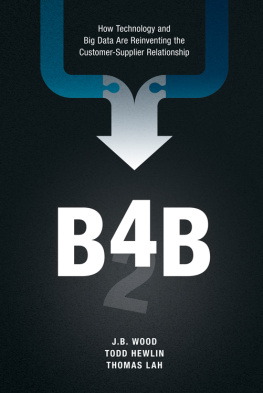The First World War
Exploring World History
Series Editors
John McNeill, Georgetown University
Jerry Bentley, University of Hawai`i
As the world grows ever more closely linked, students and general readers alike are appreciating the need to become internationally aware. World history offers the crucial connection to understanding past global links and how they influence the present. The series will expand that awareness by offering clear, concise supplemental texts for the undergraduate classroom as well as trade books that advance world history scholarship.
The series will be open to books taking a thematic approachexploring commodities such as sugar, cotton, and petroleum; technologies; diseases; and the like; or regionalfor example, Islam in Southeast Asia or east Africa, the Indian Ocean, or the Ottoman Empire. The series sees regions not simply as fixed geographical entities but as evolving spatial frameworks that have reflected and shaped the movement of people, ideas, goods, capital, institutions, and information. Thus, regional books would move beyond traditional borders to consider the flows that have characterized the global system.
Edited by two of the leading historians in the field, this series will work to synthesize world history for students, engage general readers, and expand the boundaries for scholars.
The First World War: A Concise Global History
by William Kelleher Storey
Insatiable Appetite: The United States and the Ecological Degradation of the Tropical World
by Richard P. Tucker
Smuggling: Contraband and Corruption in World History
by Alan L. Karras
The First World War
A Concise Global History
William Kelleher Storey
Published by Rowman & Littlefield Publishers, Inc.
A wholly owned subsidiary of The Rowman & Littlefield Publishing Group, Inc.
4501 Forbes Boulevard, Suite 200, Lanham, Maryland 20706
http://www.rowmanlittlefield.com
Estover Road, Plymouth PL6 7PY, United Kingdom
Copyright 2009 by Rowman & Littlefield Publishers, Inc.
First paperback edition 2010
All rights reserved. No part of this book may be reproduced in any form or by any electronic or mechanical means, including information storage and retrieval systems, without written permission from the publisher, except by a reviewer who may quote passages in a review.
British Library Cataloguing in Publication Information Available
The hardback edition of this book was previously cataloged by the Library of Congress as follows:
Storey, William Kelleher.
The First World War : a concise global history / by William Kelleher Storey.
p. cm. (Exploring world history)
Includes bibliographical references and index.
1. World War, 19141918. 2. World War, 19141918Environmental aspects.
3. World War, 19141918Technology. I. Title.
D523.S745 2009
940.3dc22
2009015229
ISBN 978-0-7425-4145-0 (cloth : alk. paper)
ISBN 978-0-7425-4146-7 (pbk. : alk. paper)
ISBN 978-0-7425-6724-5 (electronic)
` The paper used in this publication meets the minimum requirements of
American National Standard for Information SciencesPermanence of Paper
for Printed Library Materials, ANSI/NISO Z39.48-1992.
Printed in the United States of America
For Robin W. Kilson (19532009), humanista semper
oppugnans bella imperiaque .
Qua tibi lucem arte morer? Virgil, Aeneid , XII.873
v
Maps
This book will include considerable discussion of geography. In order to help readers understand the discussion, I have provided eight general maps (listed below). Still it is not possible for this book to provide a map for every battle. Fortunately there are some good atlases of the First World War that can be consulted alongside this book. The most accessible is The Routledge Atlas of the First World War by Martin Gilbert, which is available in an inexpensive paperback edition. It is also possible to use the battlefield maps that are provided on the Internet site of the history department at the United States Military Academy at West Point. Go to http://www.dean.usma.edu/history/web03/atlases/ and click on the Table of Contents and then the Campaign Atlas to the First World War. Fifty-two maps are provided, but the first click should be on the Table of Symbols, which explains how to read a military map.
Maps in this book:
1. Africa in 1914
2. Europe in 1914
3. The Schlieffen Plan of 1905
4. The Western Front, 19151918
5. The Eastern Front, 19141917
6. The Italian Front, 19151918
7. The War in the Middle East, 19141918
8. Europe after the War
v
Preface
This book has two purposes. The first is to provide a concise narrative history of the First World War for college students and general readers. The second is to present a global history of the war that highlights environmental and technological factors. Taking the environment and technology into account enriches our understanding of the social and political history of the war.
Many people have contributed to my understanding of the First World War. I began to study the war when I was an undergraduate at Harvard, where my tutors, Robin Kilson and Charles Maier, inspired me with their teaching and their writing. In graduate school at Johns Hopkins, my adviser, Philip Curtin, taught me what it meant to write and teach about global environmental history in ways that are socially and politically relevant. My postdoc adviser at Cornell, Sheila Jasanoff, helped me to understand the ways in which histories of technology and the environment could address fundamental questions about power.
My students at Millsaps College prodded me to write this book. In 2003 several students asked me to take a break from teaching my usual classes about world history to teach classes about the world wars. The wars, they claimed, were highly relevant to the current conflicts in the Middle East. I agreed with them, yet I found that the available survey books about the warwhich I likedtried their patience. For that reason, I have made this book as short as a survey of the war can be. I am particularly grateful to one student, MacDougall Womack, for persistent comments and questions. I also received excellent comments and questions from the audience members who heard me give presentations about the First World War at the annual meetings of the American Historical Association and the American Society for Environmental History. I also gave several presentations about the war at Millsaps College, where colleagues and guests helped me to see my work in an interdisciplinary context. I am also grateful to my dean, Richard Smith, for supporting this project with a development grant and a sabbatical leave, and to Tom Henderson, the college librarian, for providing office space while I was writing. My greatest supporter has been my wife, Joanna Miller Storey, whose love and thoughtfulness stand in contrast to much that is described in this book.
The First World War was a social and political cataclysm. Nine million soldiers died and millions more suffered mental and physical injuries. The war cost billions of dollars, not only in military expenses but also in damage to property. The war emboldened democrats and feminists as well as communists and fascists. During the war, four major empires collapsed. Afterwards, the peace settlements changed boundaries all around the world. All these things were highly significant for world history. But the thing that most fascinates readers about the First World War is that it seems, in hindsight, to have been avoidable. The war originated in a small conflict in Eastern Europe that snowballed into a much larger conflict. This happened because of disagreements between two groups of allied countries that were committed to rigid military plans. At the outset they took steps that were too aggressive, since none of the participants predicted the wars awfulness.

